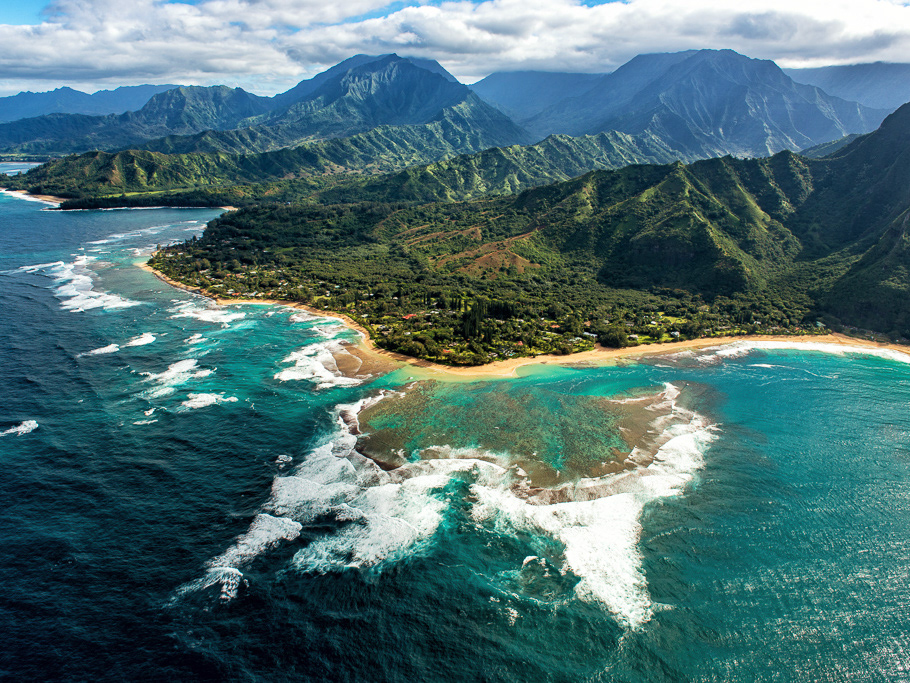Sarajevo Bobsleigh Track
A war-torn Olympic relic is being overtaken by graffiti and nature
Once a proud feature of Sarajevo’s 1984 Winter Olympic games, the bobsleigh track has since fallen into ruin after being the victim of military actions.
The 1300 meter concrete track was completed in 1982 and featured a total of 13 turns for the lugers to navigate. The expensive public work paid off for the country after the events around the site during the Olympics garnered enormous crowds. The track was able to be reused during World Cup competitions in later years following the winter games and it appeared that the long track would continue to pay dividends.
Unfortunately when the Yugoslav Wars began in 1991, the track, like the rest of the country, became embroiled in the fighting. The curled turns were used as defensive positions for Bosnian forces, and the whole of the track became pocked with bullet holes and other wounds.
Today, the track still stands as a favorite spot for local graffiti artists who have decorated whole swaths of the curving lane. The Sarajevo Bobsleigh Track is a literal concrete reminder of a more prosperous time.



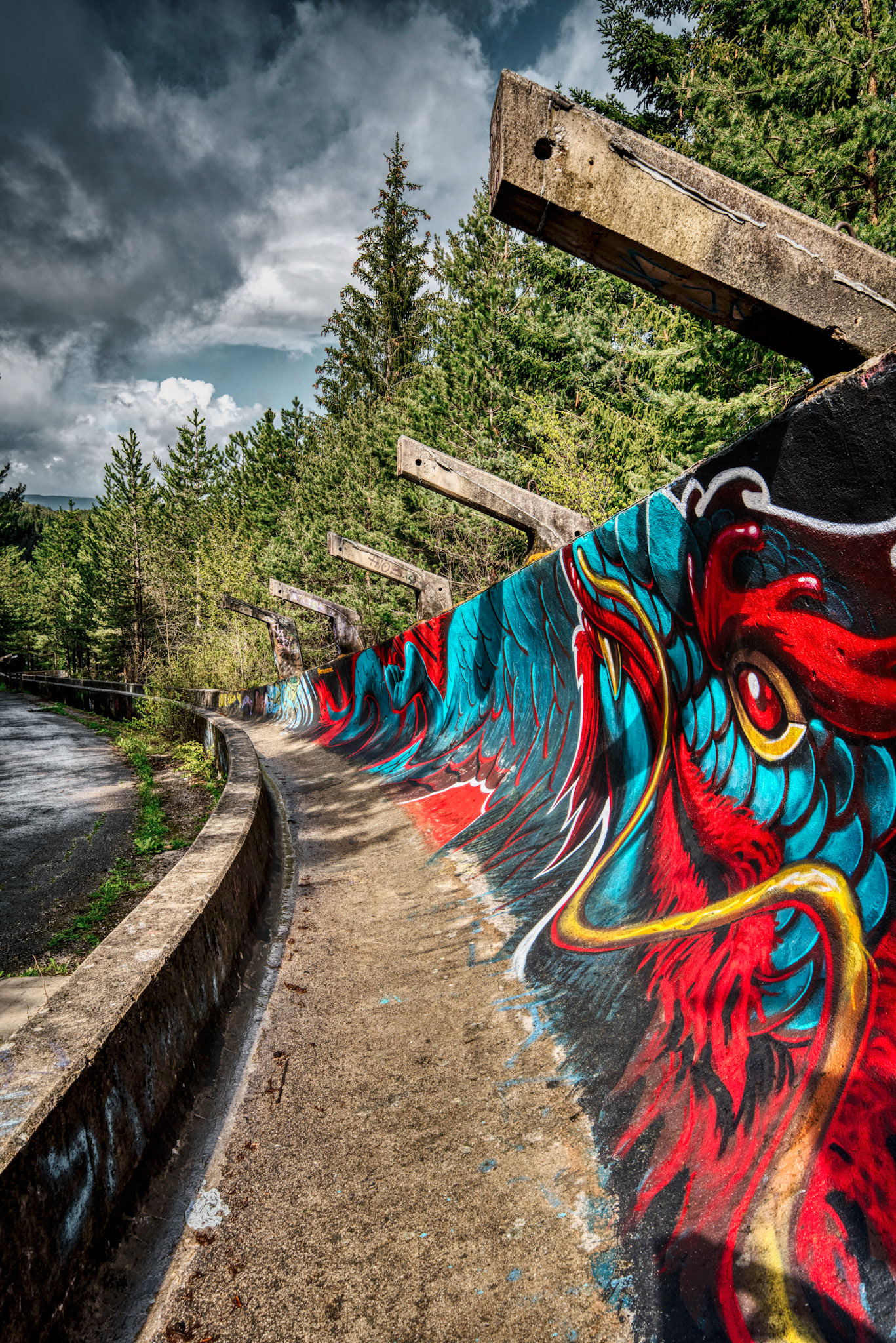

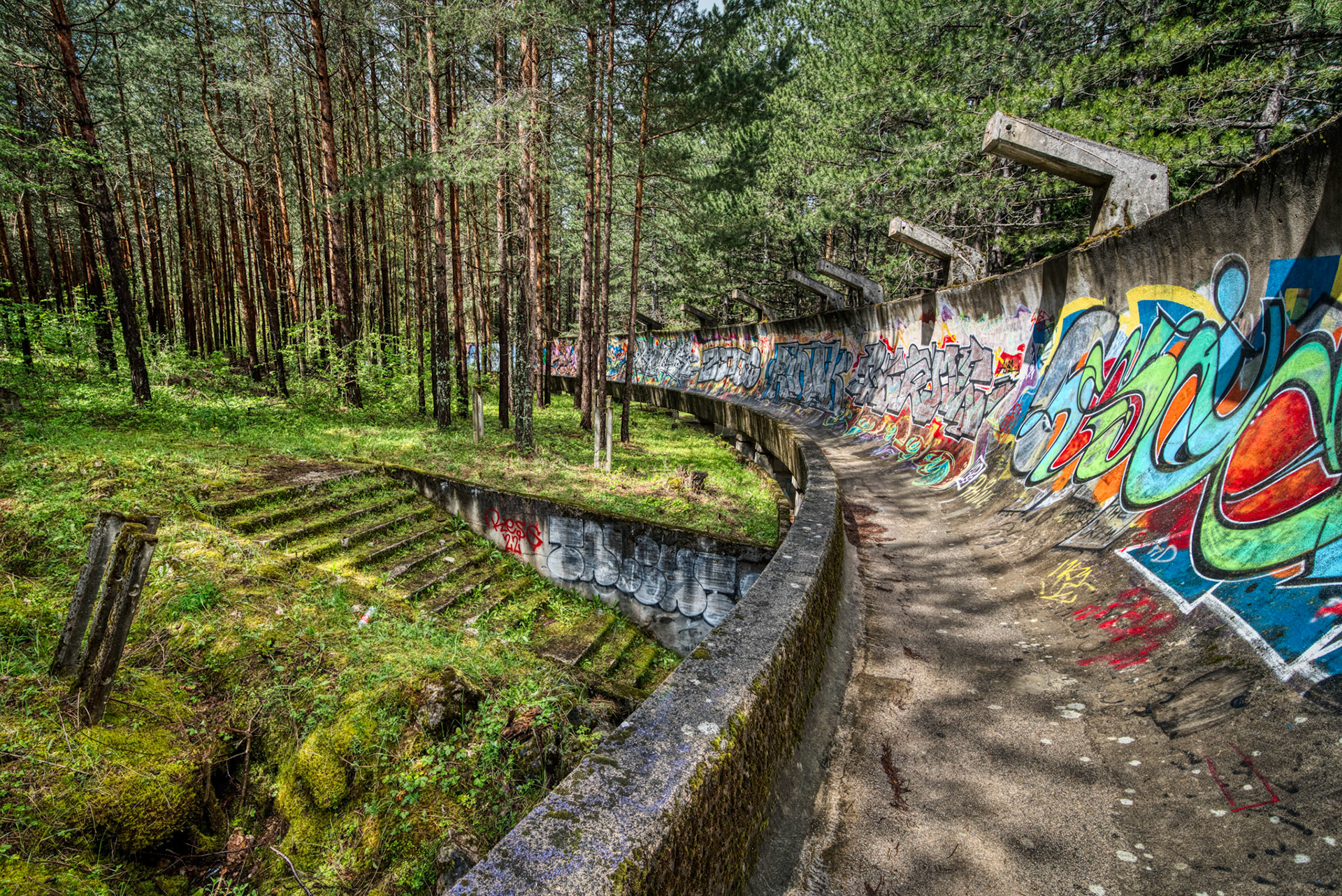


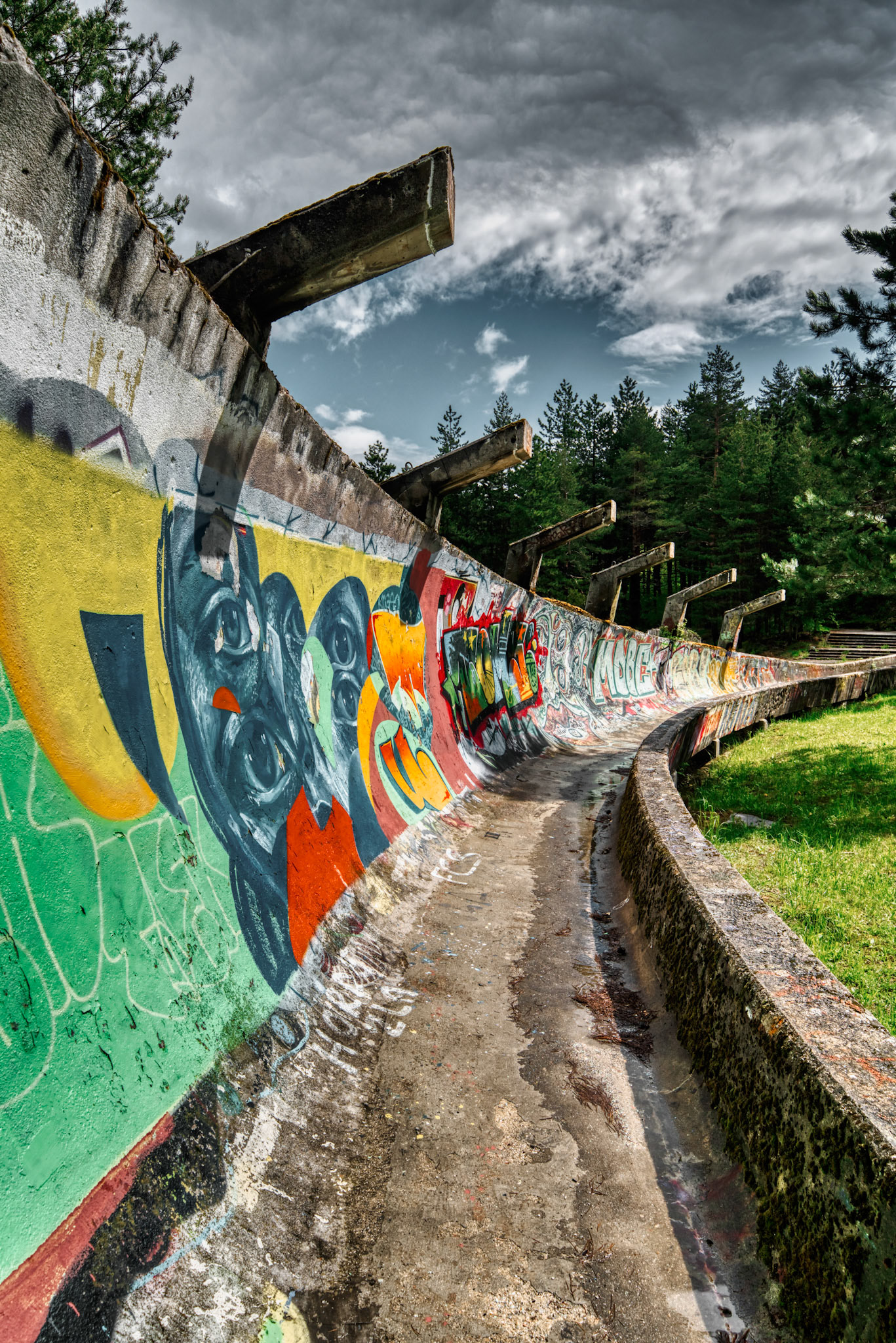





Hotel Igman
Olympic decay in the mountains of Sarajevo
Hotel Igman was designed by architect Ahmed Dzuvic in the early 80’s. It was built at Mount Igman for the Winter Olympic Games held in Sarajevo in 1984.
The hotel is located at an elevation of 1000 meters. Laying on a surface of 5102 square meters, it had 172 guest rooms, a restaurant, kitchen, cinema and a swimming pool.
The hotel is located at an elevation of 1000 meters. Laying on a surface of 5102 square meters, it had 172 guest rooms, a restaurant, kitchen, cinema and a swimming pool.
It was set on fire by the Bosnian Serb Army during the siege of Sarajevo in 1993.




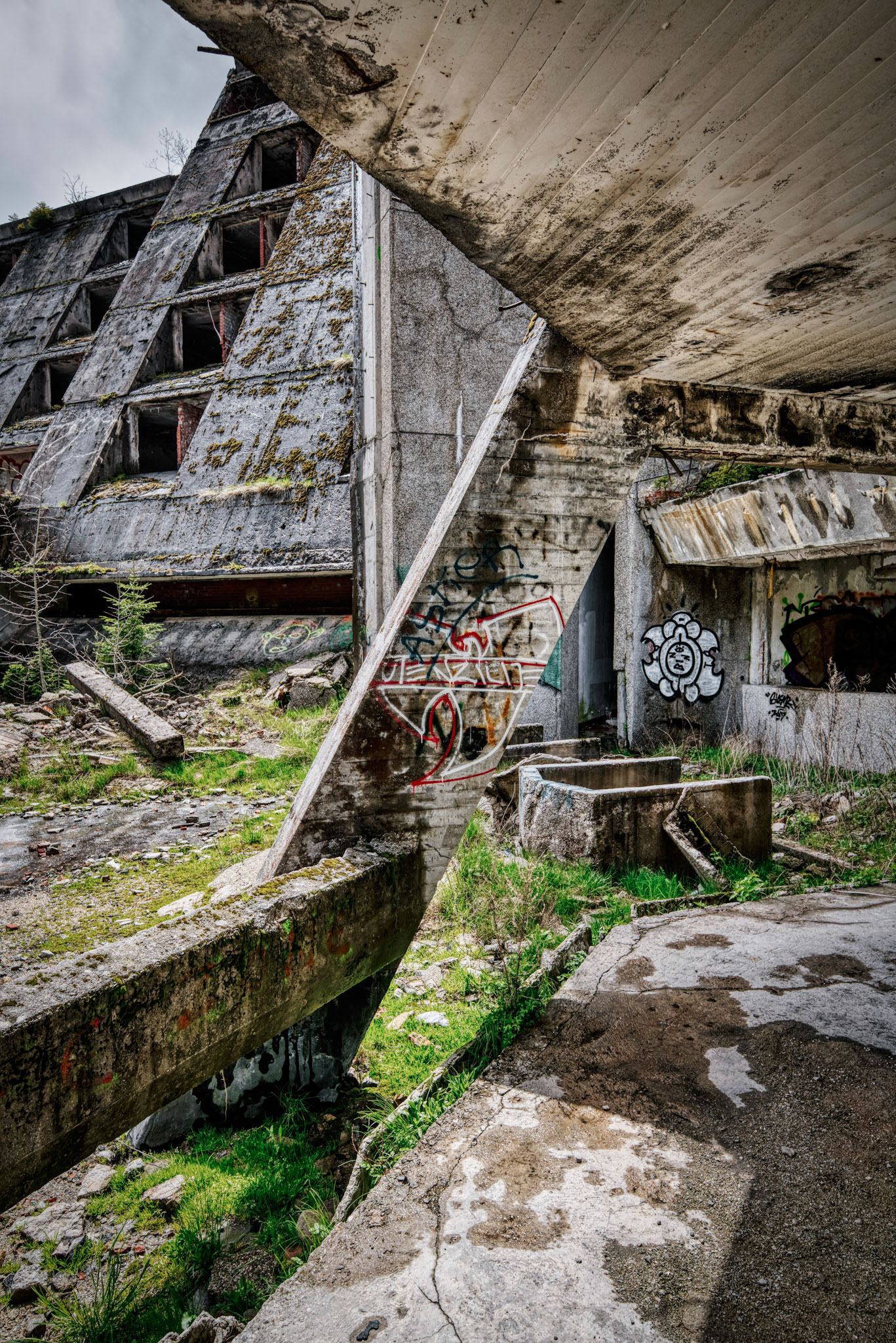



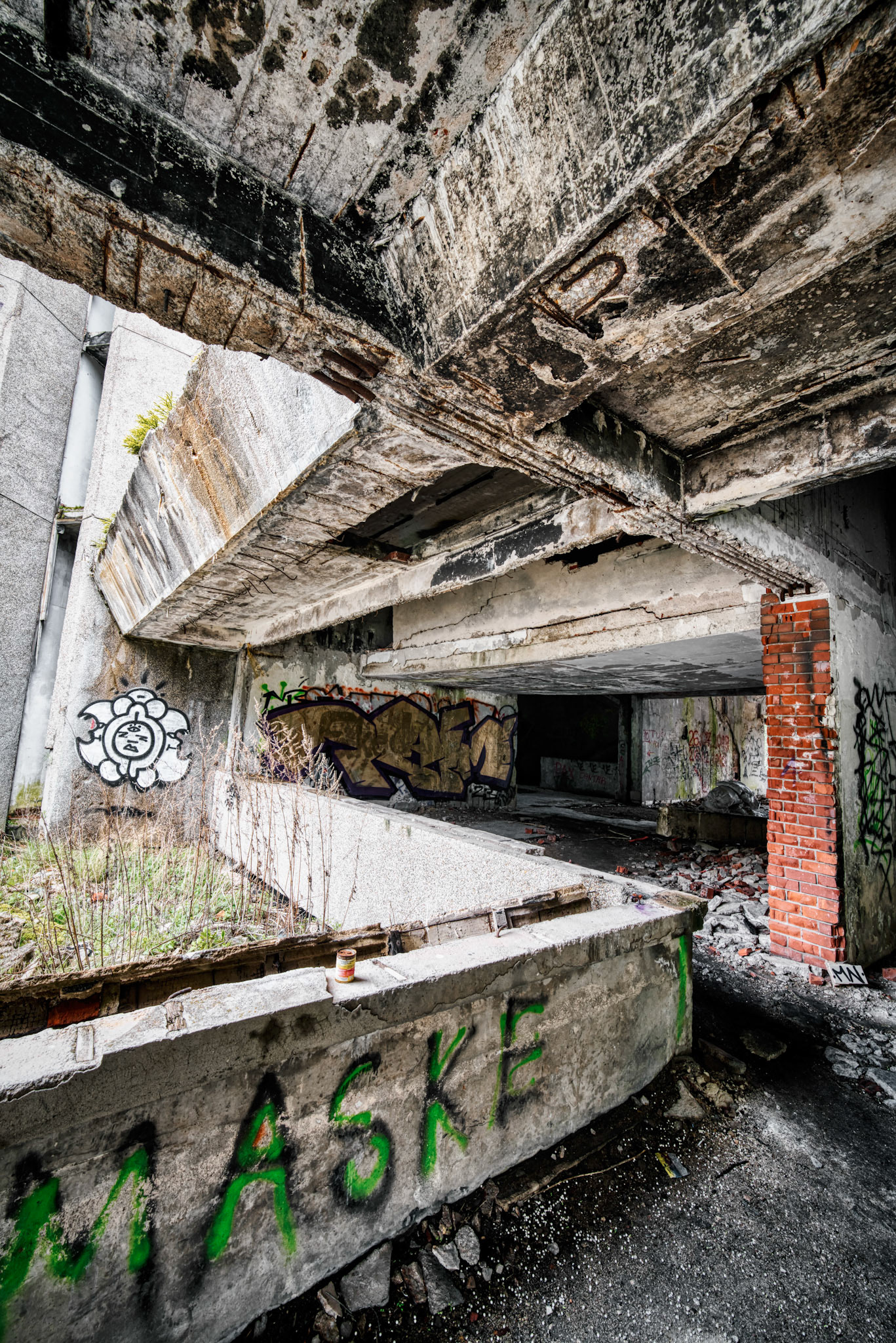



Igman Olympic Jumps
This abandoned Olympic skiing facility still bears the scars of the Siege of Sarajevo
When the popular cross-country skiing destination was eventually selected as the location for the 1984 Olympic ski jumping facility, construction of a new road started in 1979, followed by the construction of the two concrete jump chutes, the judges’ tower, and the lifts throughout the following years. The completion of the facility in 1983, and the subsequent Olympic Games brought an increased interest in recreational skiing in general, but also ski jumping.
However the good times were not to last.
Throughout the Siege of Sarajevo (1992-1995) the area became the scene of fierce fighting. The angular Olympic pavilion was even used as a backdrop for summary executions. Today the remains of the fighting can still be seen on the ruins of the Olympic facilities; traces of UN symbols still linger on the abandoned judges’ tower, and some of the structures are still riddled with bullet holes.


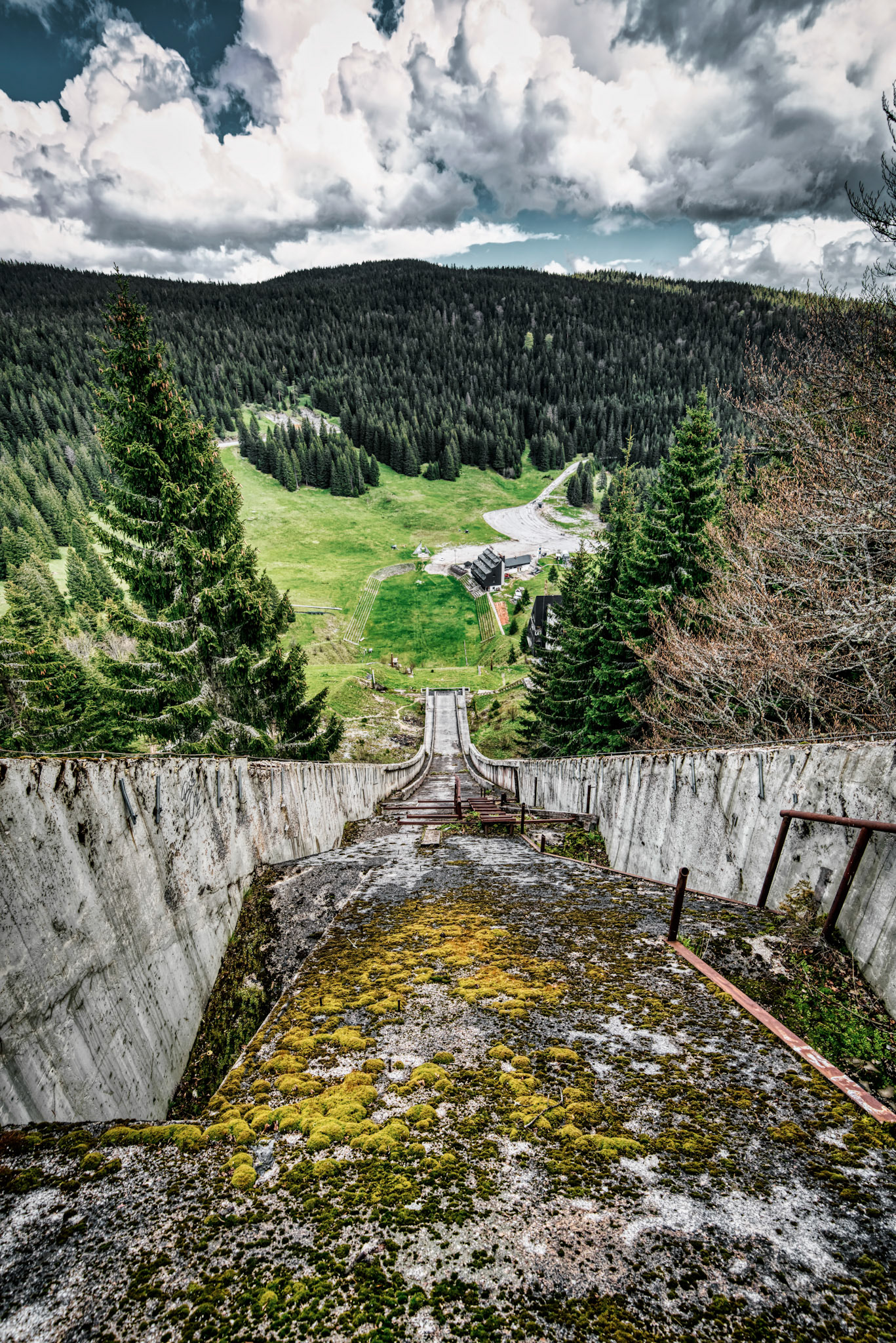

Akumulatora Srebrenica
The Dutchbat headquarter
In July 1995, a genocidal massacre took place in the Bosnian town of Srebrenica. More than 8,000 Bosnian Muslims were murdered by the Army of Republika Srpska (the Bosnian Serb Republic) led by General Ratko Mladic. The massacre at Srebrenica was one of the most horrific events of the war in the former Balkan States. It remains the single largest mass murder in Europe since World War Two.
The Potocari Old Battery Factory, which was the center of the genocide in Srebrenica, is one of the main areas where Bosniaks took refuge during the siege of the city but were killed by Serbian forces, after being handed over by UN soldiers.
The factory, which has survived almost in its original form, had decays and physical deformations on the roof covering, especially due to rain and snow waters.













